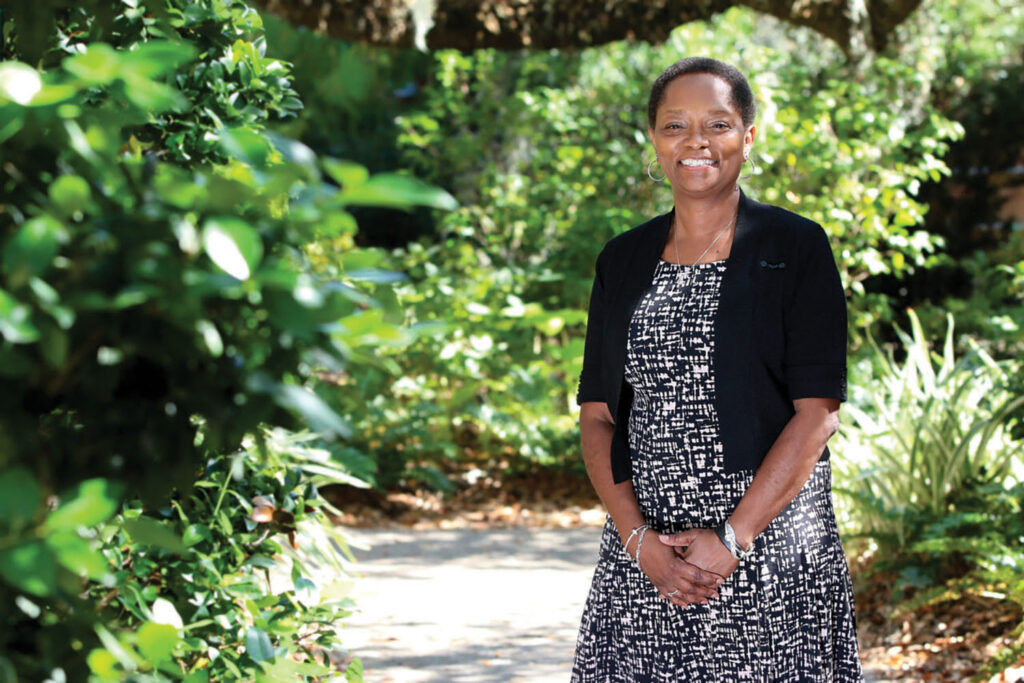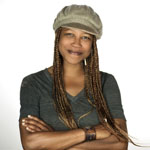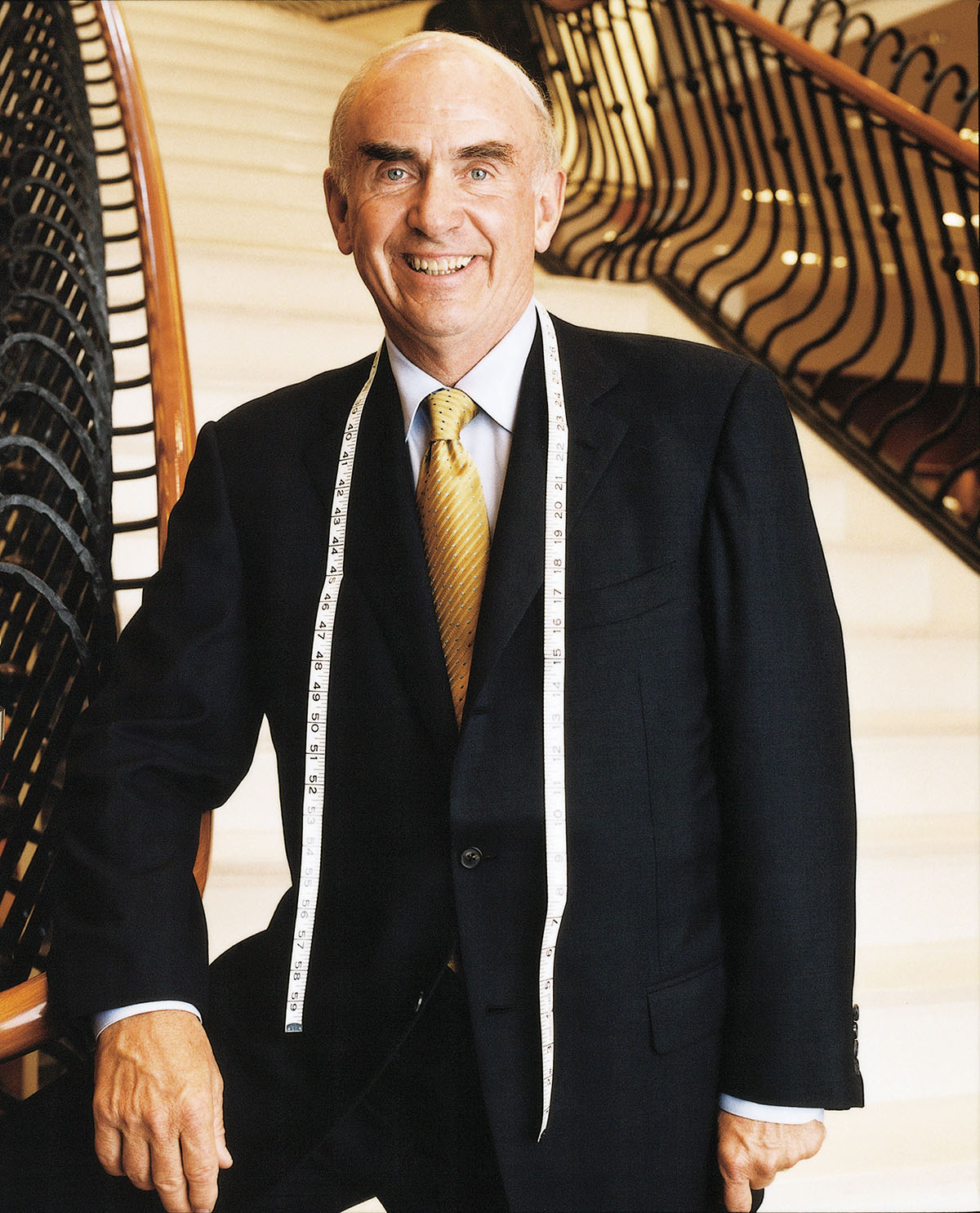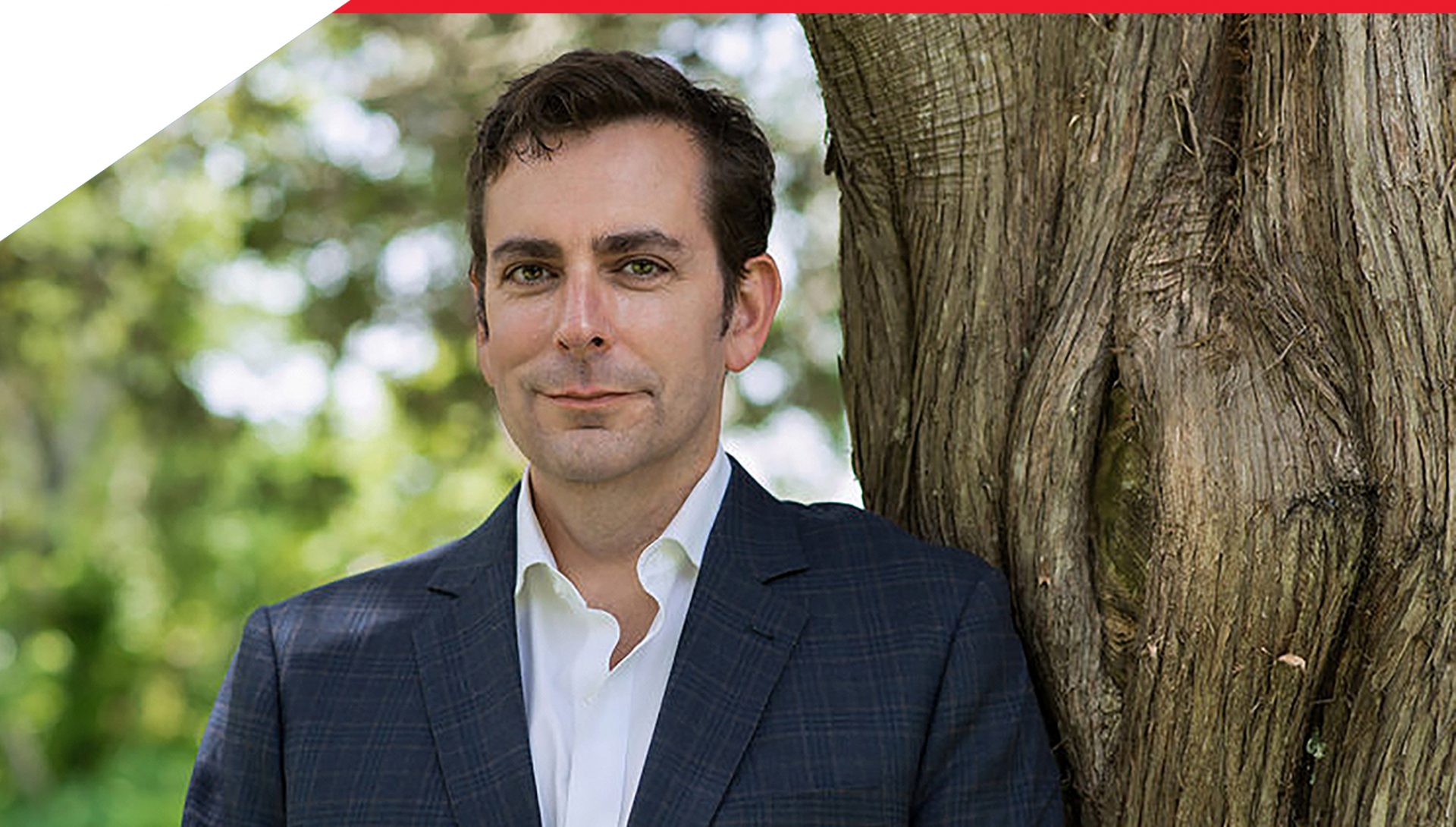In Brief: Spring 2024 news, scholarship, and announcements from around campus
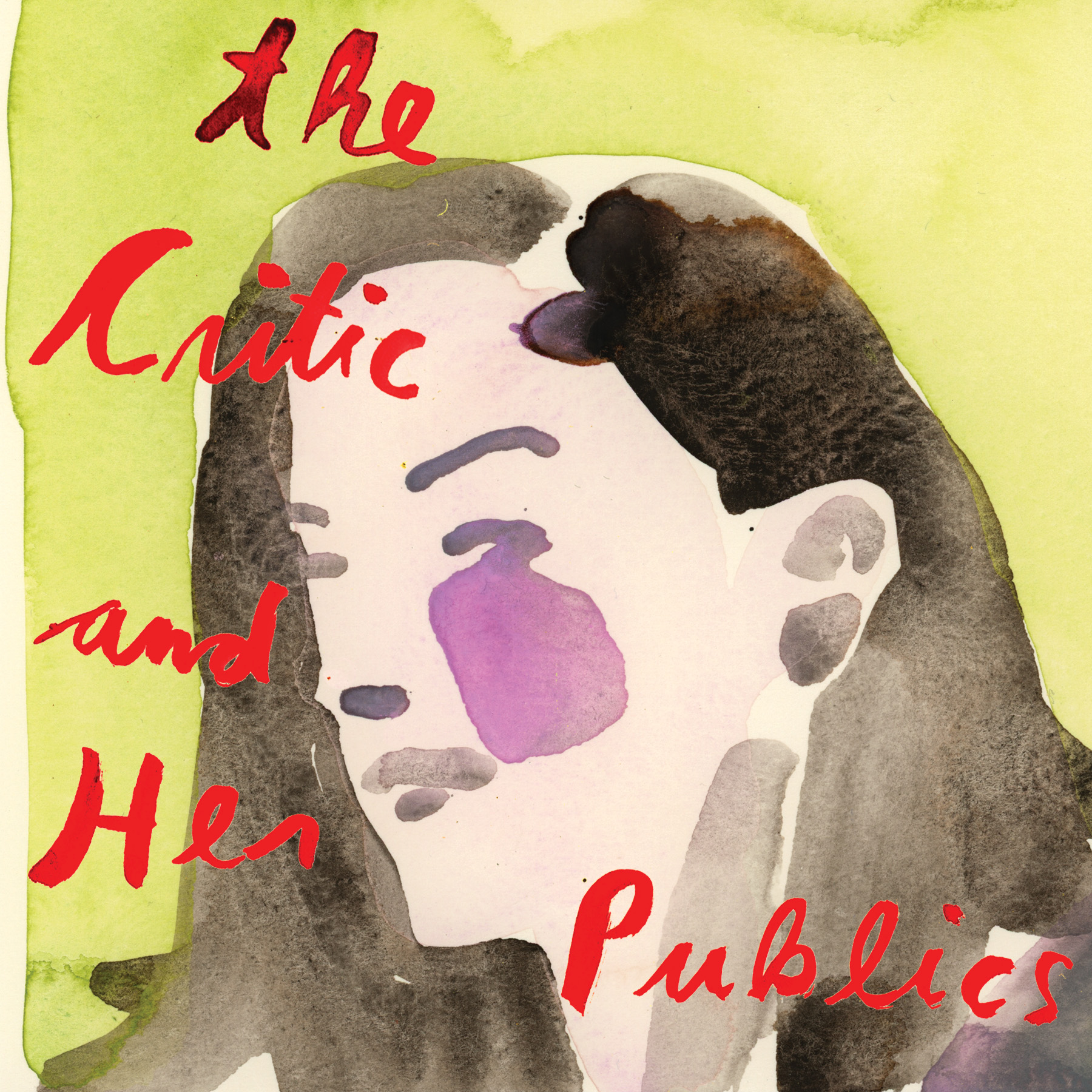
After its successful run at the Shapiro Center for Creative Writing and Criticism this past fall, The Critic and Her Publics speaker series was released as a podcast by the same name from the New York Review of Books and Lit Hub. Hosted by Merve Emre, professor and director of the Shapiro Center, each episode features Emre live in conversation with some of the best and most prominent critics working today— including Andrea Long Chu, Sophie Pinkham, and Hannah Goldfield—about an object they’ve never seen before.
Willette Burnham-Williams has been named Wesleyan’s vice president for Equity and Inclusion, starting in March. Burnham-Williams joins Wesleyan from the Medical University of South Carolina (MUSC), and she has held university leadership positions at other institutions. She plans to do a “whole lot of listening” in her first year at Wesleyan in order to become the best servant-leader she can be.
Assistant Professor of Art Ilana Harris-Babou had two exhibitions of her work on display in Manhattan this past fall. Under My Feet, displayed at the Storefront for Art and Architecture from October 7 through December 16, 2023, revisited childhood memories and rituals from her upbringing in central Brooklyn through sound, video, color, and imagery from neighboring communities. In Needy Machines, on exhibit at Candice Madey from November 3 through December 16, 2023, Harris-Babou leveraged video and sculpture to explore the emotional and physiological effects of wellness marketing and product design on perceptions of self and metrics of health. Her exhibit raised questions about what defines healthy in today’s culture, especially for women and minority communities.
Associate Professor of Spanish María Ospina’s novel “Solo un poco aquí” was awarded the 2023 Premio Sor Juana Ines de la Cruz, one of the most important literary awards in the Spanish-speaking world. The prize, given to a female author of a novel originally published in Spanish, was awarded to Ospina by the Guadalajara International Book Fair at a ceremony on November 29. The book explores how animals migrate across and interact with landscapes that humans have transformed.
Several national media outlets looked to Wesleyan President Michael S. Roth ’78 for his thoughts on how university discourse should be conducted regarding the Israel-Hamas conflict and other related turmoil in higher education. He discussed the war and the students’ perception of safety in appearances on MSNBC’s The 11th Hour with Stephanie Ruhle on December 5 and CNN This Morning with Poppy Harlow and Phil Mattingly on December 8. Days later he spoke with Gayle King and Tony Dokoupil of CBS Mornings on the importance of diversity in ideology on campus and the role of the college president as a thought leader.
Tammy Nguyen, assistant professor of art, held her first museum solo exhibition at the Institute of Contemporary Art in Boston from August 24, 2023, through January 28, 2024. The exhibit’s interconnected paintings, printmaking, and artist-created books compared ideals in Ralph Waldo Emerson’s Nature with land reformation efforts in South Vietnam during the Vietnam War, giving viewers three ways to internalize her colorful and complex pieces. Nguyen was awarded a Guggenheim Fellowship in April 2023 for her work’s intersectional components, an approach she brought to her exhibit.
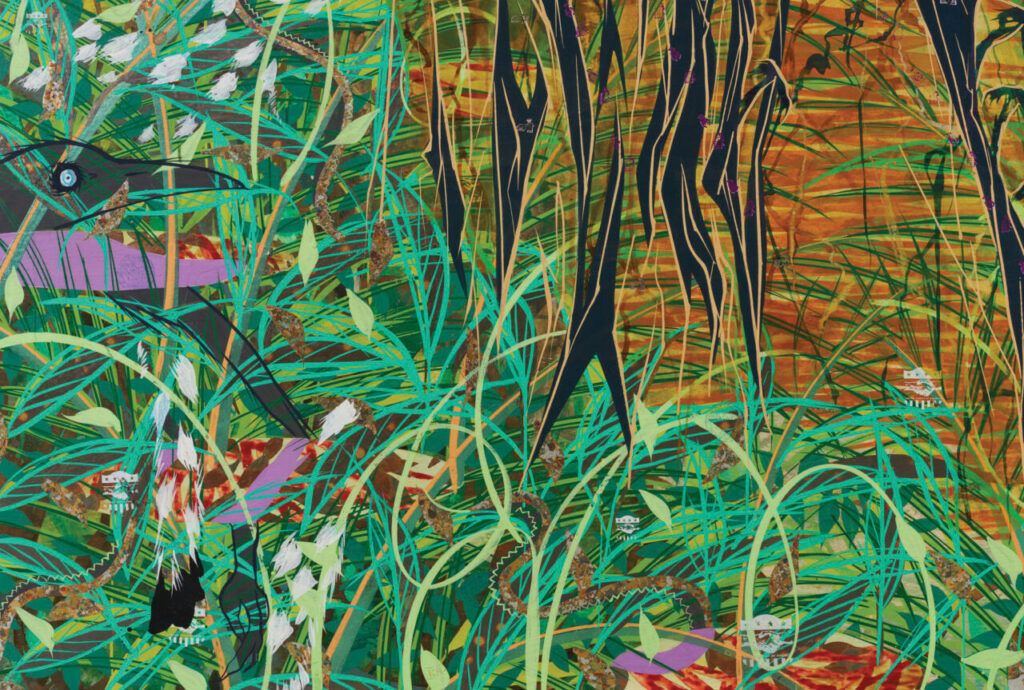
Professor of Astronomy Seth Redfield was a contributor in a major discovery of six planets orbiting a bright star nearby to the Milky Way galaxy, according to a paper in Nature. The planetary system discovered, orbiting HD 110067, is in resonance. This means that the orbit of each of the six planets are in ratio with one another, suggesting they are potentially in their initial orientation after forming. This gives research a possible window into what planetary systems are like before external factors impact their orbital structures. All six of the planets are between the size of Earth and Neptune, which gives researchers a unique opportunity to study how a planet’s size affects its atmospheric composition, Redfield said.
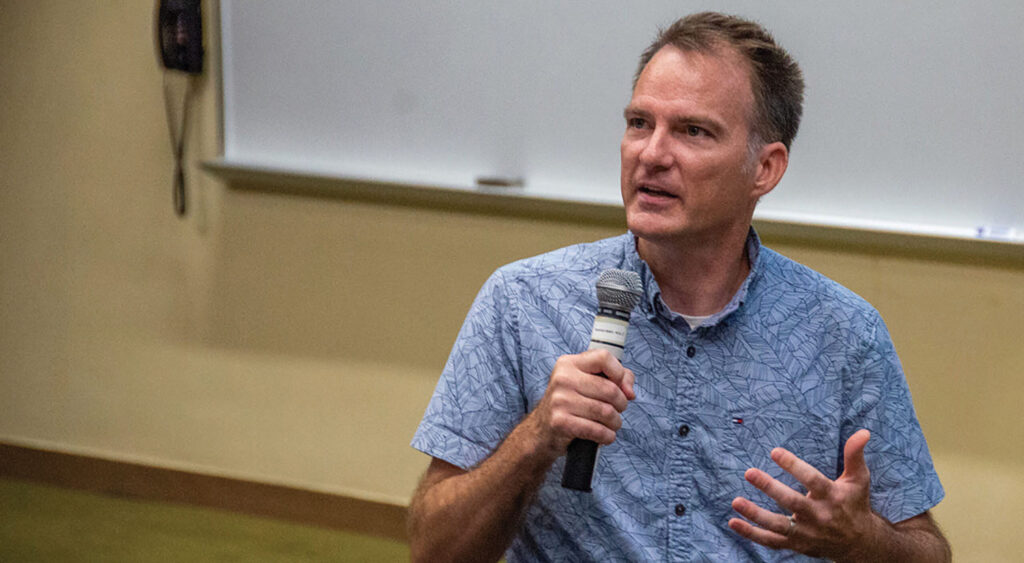
The Hazel Quantitative Analysis Center has been named in honor of Osborne Hazel P’70, GP’03. The generosity of the Hazel family, including Darryl ’70 and Oz ’03, also establishes a new QAC Tutor Fund, which supports the QAC student tutor program.
Basak Kus, associate professor of government, will be the scholar-in-residence at the Max Planck Institute for the Study of Societies in Cologne, Germany, during 2024—a prestigious honor in her field. During her residency, Kus will give public lectures and write her next book, which traces the historical evolution of US climate policy. Her book Disembedded: Regulation, Crisis, and Democracy in the Age of Finance, which focuses on the relationship between state and finance from the early 1970s to now, will be published in April 2024.
Olin Professor of English, Emeritus Richard Slotkin published A Great Disorder: National Myth and the Battle for America, a capstone on his illustrious writing career, in March. In this book, Slotkin explores the divisions between the liberal and conservative sectors of America and how their worldviews are grounded in different versions of US history. Slotkin, known for his trilogy on the American frontier, identifies five myths from different eras of American life that have shaped what it means to be American.
The newly expanded Public Affairs Center has been named in honor of John Frank ’78, P’12 and Diann Kim P’12 and reopened for classes beginning in the Spring 2024 semester. The Frank Center for Public Affairs houses offices and classrooms for the economics, government, and history departments, as well as the College of Social Studies. It features a more energy efficient layout—including radiant panels for heating and cooling, displacement ventilation, and a green space on the roof—and expanded areas for serendipitous conversation and spontaneous collaboration, establishing the Frank Center as a hub for interdisciplinary work in the social sciences.

